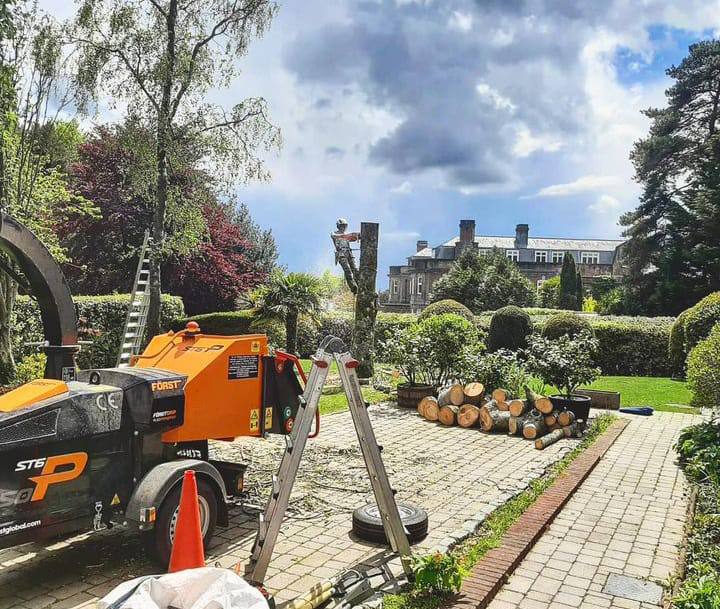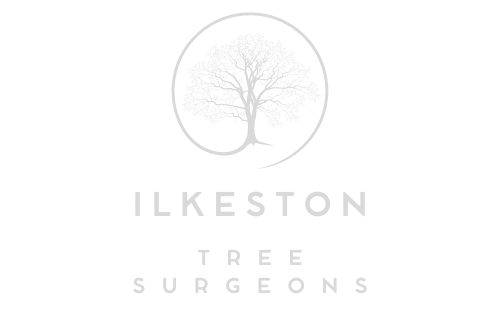When to Avoid Tree Felling: Alternatives for Preserving Mature Trees
Mature trees are an invaluable part of our environment, providing shade, improving air quality, and enhancing the aesthetic of landscapes. However, when trees become problematic—whether due to size, overgrowth, or proximity to structures—the immediate solution may seem to be tree felling. At Ilkeston Tree Surgeons, based in Ilkeston, Nottingham, we encourage property owners to consider alternatives that allow for the preservation of mature trees wherever possible. In this blog post, we will explore situations where tree felling may not be necessary and the alternatives available to maintain the health and structure of mature trees.
1. Assessing Tree Health: Does the Tree Need to Be Felled?
Before deciding to fell a mature tree, it’s important to assess the overall health of the tree. Not all trees showing signs of stress or damage need to be removed. In many cases, the tree can be saved with the right care and attention.
- Signs of distress: If a tree is experiencing disease, damage, or stress, it doesn’t always mean that felling is the best solution. Consulting a professional tree surgeon can help determine if the tree can recover with proper treatment or pruning.
- Expert assessment: A thorough health check by a certified arborist will reveal whether the tree is diseased or simply in need of care, such as crown thinning, fertilisation, or pest control. Avoiding unnecessary felling not only preserves the landscape but also helps maintain biodiversity in your area.
2. Crown Reduction: Controlling Size Without Removing the Tree
One of the most common reasons people consider tree felling is when a tree grows too large for its location. However, removing the entire tree isn’t always necessary. Crown reduction is an effective way to control the size of a tree while allowing it to continue growing in a safe and manageable manner.
- What is crown reduction?: Crown reduction involves selectively trimming the outer branches of a tree to reduce its height or spread. This technique is particularly useful for trees that are encroaching on buildings, power lines, or other structures, without needing to remove the tree completely.
- Benefits: By reducing the crown, the tree’s size is managed, light is allowed to reach other parts of the garden, and the tree’s overall structure remains intact.
3. Crown Thinning: Improving Light and Airflow Without Cutting Down the Tree
Crown thinning is another alternative to felling, especially for large, mature trees that may block light or air circulation. Rather than cutting the tree down, thinning allows for a more sustainable approach to managing its growth.
- What is crown thinning?: This process involves the selective removal of branches within the tree’s crown to reduce density. It improves light penetration and air circulation through the tree, reducing the weight of the branches and making the tree less susceptible to wind damage.
- Benefits: Crown thinning improves the health of the tree by reducing overcrowded branches, while also maintaining the tree’s natural shape and allowing more light to reach surrounding plants and lawns.
4. Cabling and Bracing: Supporting Trees with Structural Weakness
If a tree shows signs of structural weakness, such as splits in the trunk or heavy, leaning branches, cabling and bracing may be an effective solution. These techniques involve using flexible cables or braces to support the tree’s structure and reduce the risk of branches breaking or the tree falling.
- What is cabling and bracing?: This method involves installing steel cables or rods to support weakened branches or sections of the tree. It’s particularly useful for mature trees that are structurally sound but need reinforcement due to old age or storm damage.
- Benefits: Cabling and bracing provide additional strength to the tree, allowing it to remain upright and stable. This technique can extend the life of the tree while reducing the risk of injury or property damage.
5. Root Management: Preserving Trees While Protecting Property
Another common reason for tree felling is when tree roots start to interfere with foundations, driveways, or underground utilities. However, in many cases, root management techniques can be used to address these issues without needing to fell the tree.
- Root pruning and barriers: Roots can be pruned, and root barriers can be installed to prevent further encroachment. By managing the growth of the tree’s root system, the tree can remain healthy while protecting your property.
- Benefits: Root management allows for a balance between preserving mature trees and maintaining the integrity of structures on the property.
6. When Tree Felling Is Necessary
While preserving trees is often the best approach, there are instances where tree felling may be necessary. If a tree is dead, severely diseased, or poses an imminent threat to people or property, removal might be the safest option. It’s important to consult a professional tree surgeon to assess the situation and determine the best course of action.
Conclusion
Felling a mature tree is a significant decision that should not be taken lightly. In many cases, alternatives such as crown reduction, thinning, cabling, or root management can provide solutions that preserve the tree and its environmental benefits. At Ilkeston Tree Surgeons, we prioritise the health and safety of trees, offering expert advice and services to ensure they remain a valued part of your landscape.
Call us on: 0115 647 1166
Click here to find out more about Ilkeston Tree Surgeons
Click here to complete our contact form and see how we can help with your tree’s needs.

